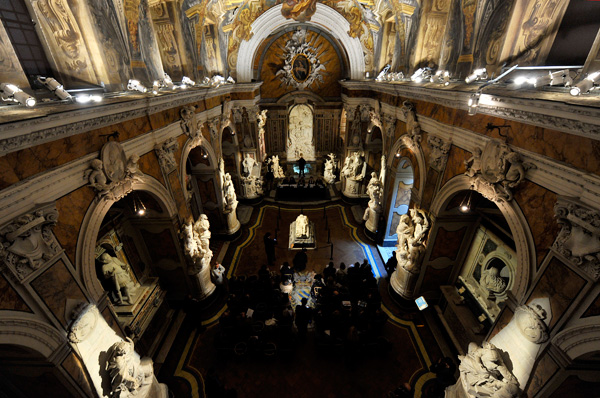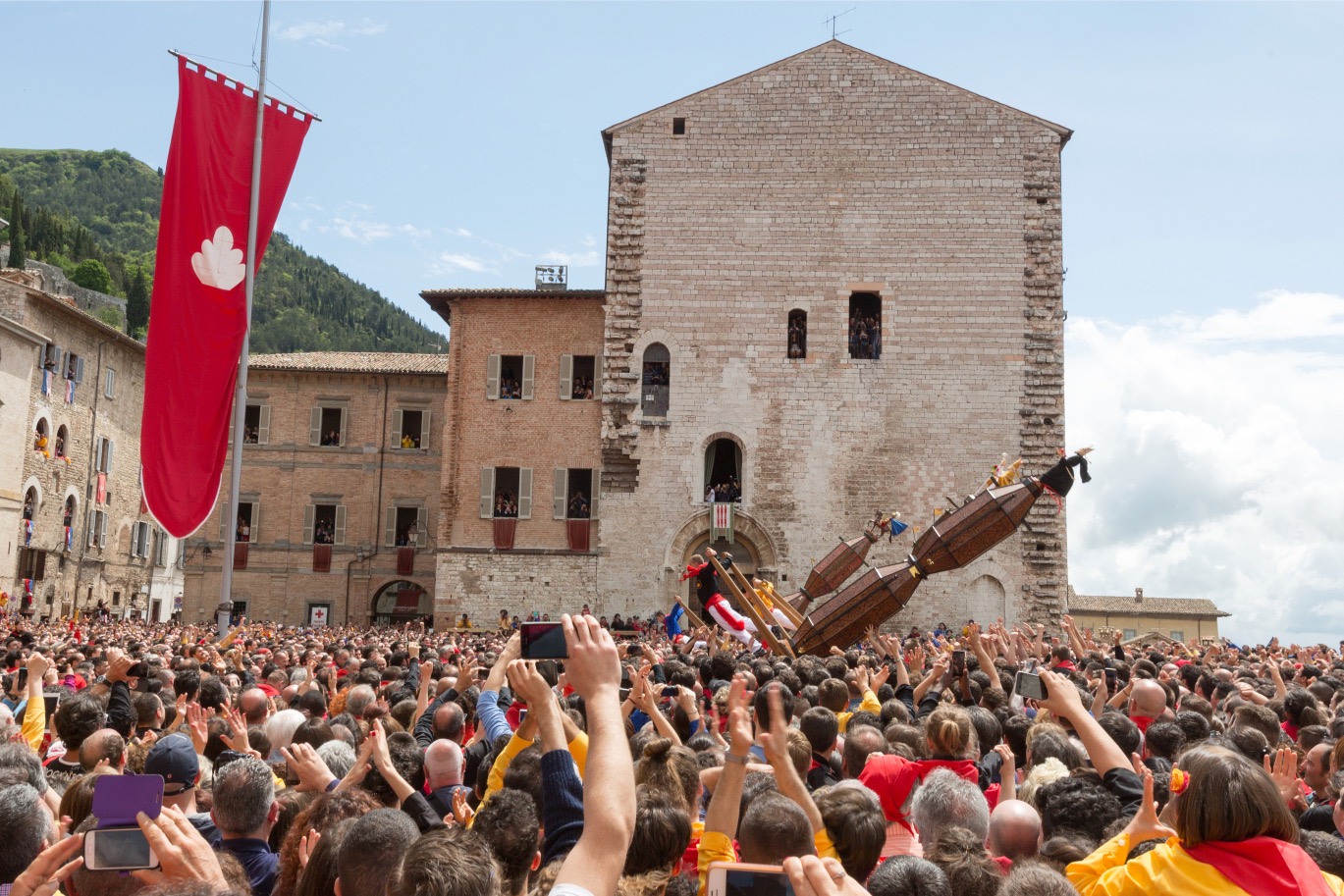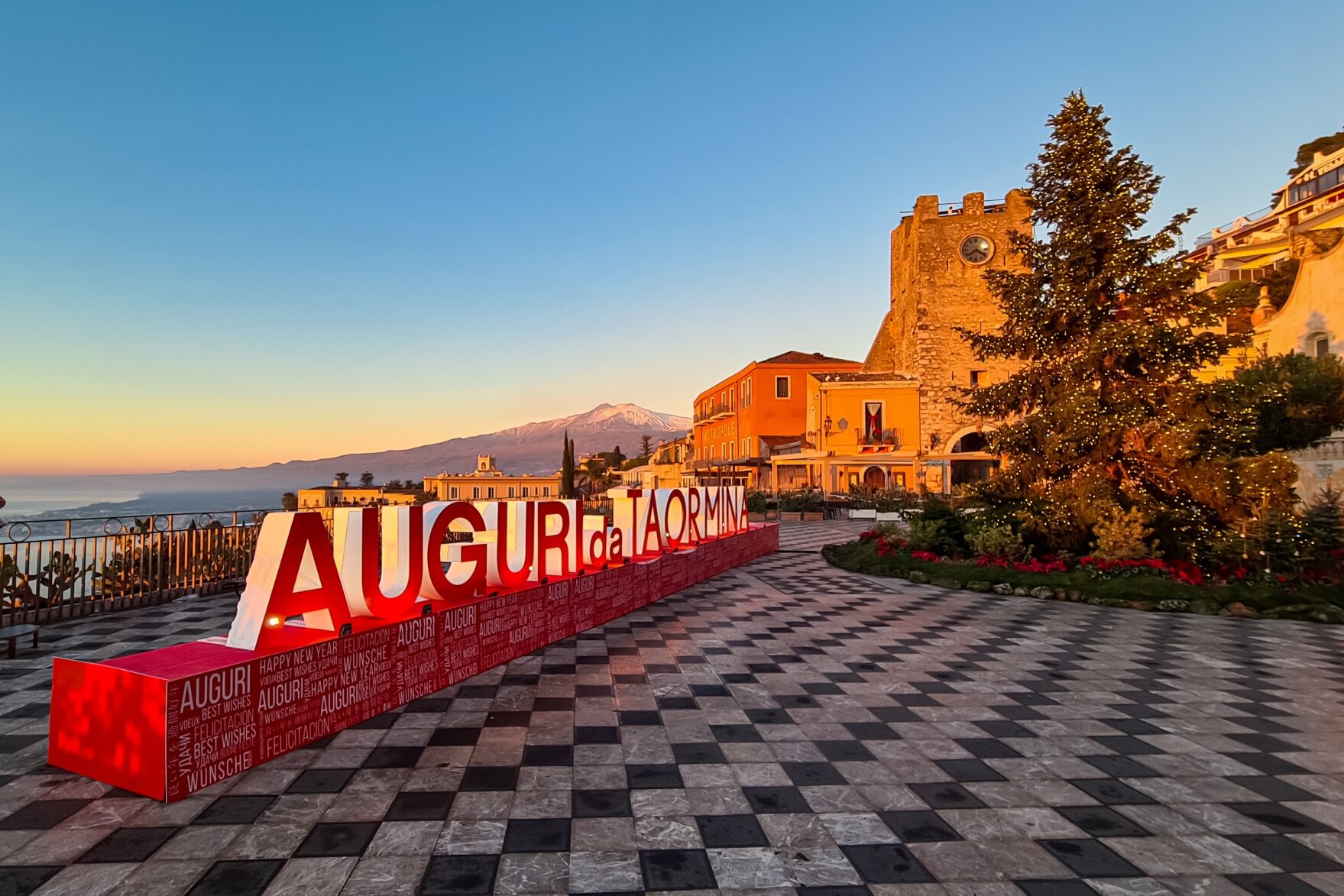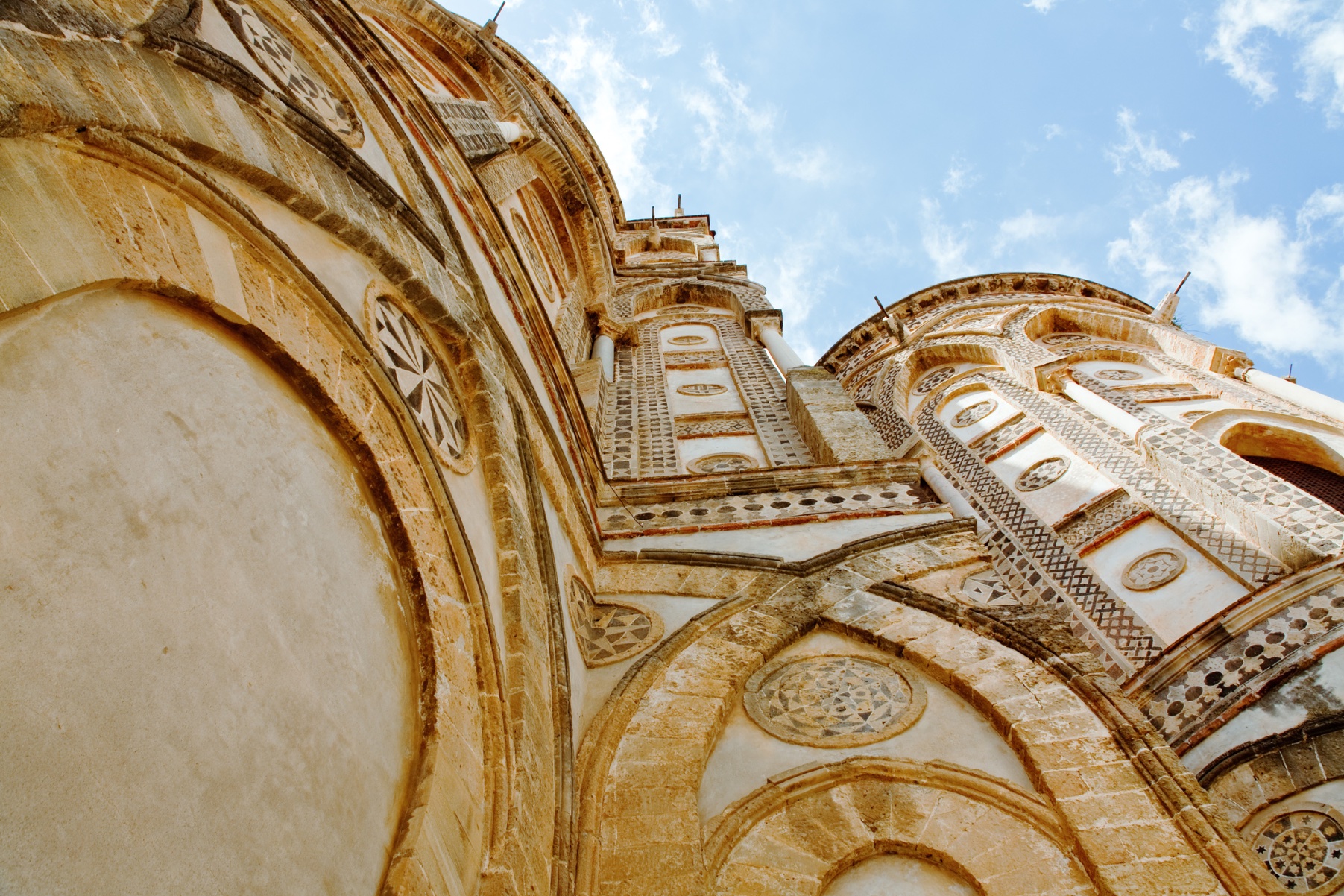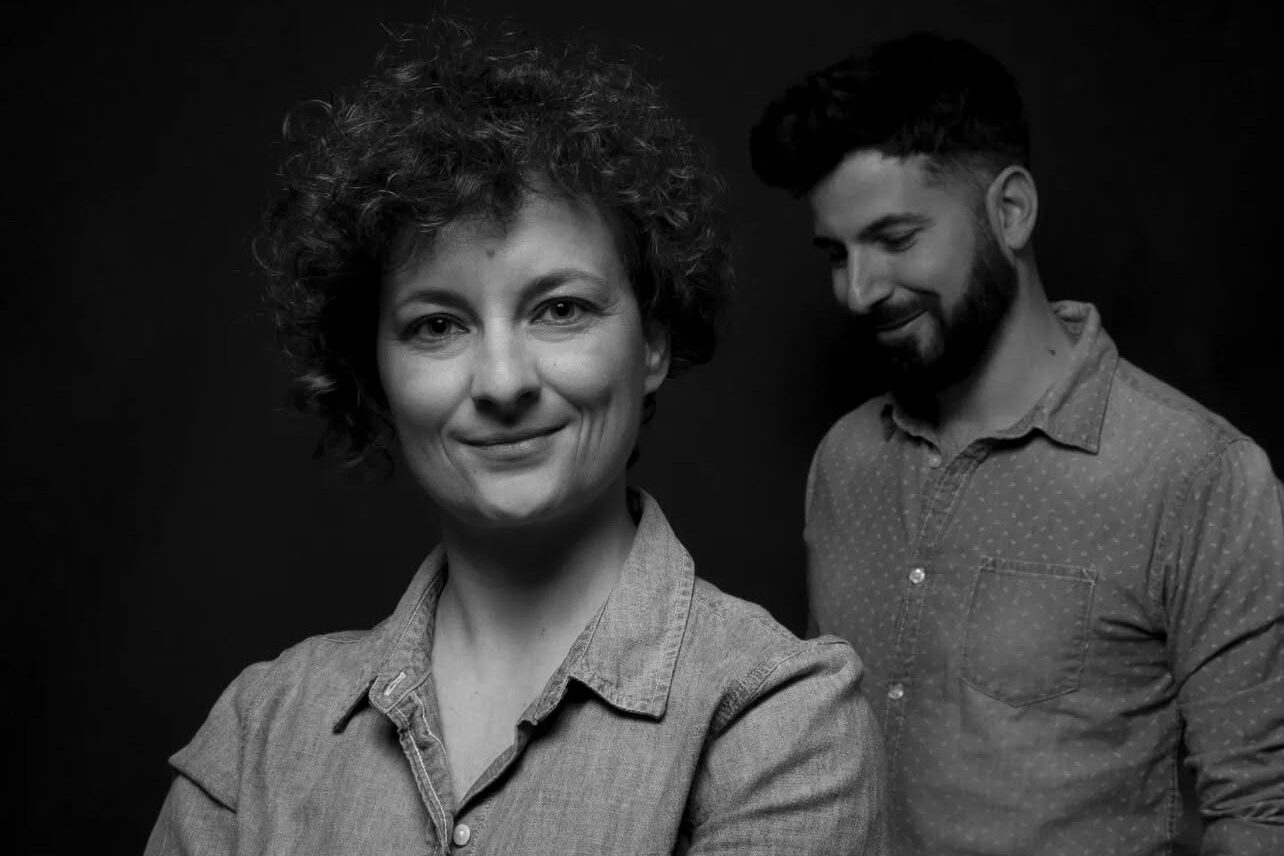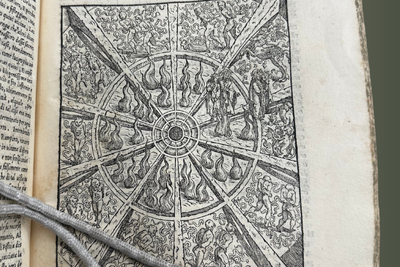You might assume that all the greatest sculptures in Italy are by Michelangelo or Bernini, and that you’ll find them in the galleries of Rome and Florence. But you’d be wrong. One of the most beautiful, moving works of art in Italy is hidden away in a very unusual chapel in Naples.

It isn’t easy to find. There are no signs, and we spend a while walking in circles in the narrow streets near Spaccanapoli, before finally asking a local for directions. We buy our tickets at the ticket office, and then take shelter from the rain in an unremarkable looking building down the road – the Cappella Sansevero.
The chapel doesn’t look like anything special from the outside, but when you enter, you find yourself in a world of dramatic marble statues, baroque grandeur, and alchemical symbolism. Visitors are drawn not by religious motives, but by a love of art, and perhaps a bit of morbid curiosity. As soon as we enter and see the crowd gathered around a statue in the middle of the room, we realise that this is no ordinary chapel.
The centrepiece of the chapel is the Cristo Velato (“Veiled Christ”), the work of the 18th century sculptor Giuseppe Sanmartino. This striking marble sculpture of the dead Christ is almost unsettling in its realism. A marble veil is draped over the drawn, suffering face of Christ, and ripples over his entire body. It is a testament to the skill of the sculptor – and the eccentric reputation of the prince who commissioned the sculpture – that many 18th century visitors refused to believe the veil could be made of ordinary marble. For centuries it was believed that Prince Raimondo di Sangro had used alchemy to transform cloth into marble.
There’s no evidence to suggest that the Cristo Velato is made out of anything other than marble. It is the creation of a supremely talented sculptor, not a magician. But as you walk around the statue and look at the details, from the outline of Christ’s ribcage to the creases on the marble couch, you can understand why so many visitors were convinced that it must be more than mere art. Seeing the Cristo Velato in person is a deeply moving experience, regardless of your faith or artistic tastes. It’s impossible to gaze at the face of Christ without reflecting on the nature of human suffering, while marvelling at what one man can achieve with a simple block of marble.
There are many more statues decorating the Cappella Sansevero – representations of virtues including Divine Love, Self-Control, Religious Zeal, and even Sweetness of the Marital Yoke. While they are not as impressive as the Cristo Velato, they’re an intriguing reflection of Raimondo’s unconventional beliefs. The pelican at the feet of the woman in Sweetness of the Marital Yoke may symbolise the philosopher’s stone, or a kind of apparatus used by alchemists. It could just be a pelican, but given the prince’s passion for alchemy, it seems more likely that the bird has a deeper meaning. After all, even the pattern on the floor of the chapel is symbolic – it’s a labyrinth that represents the difficulty of attaining knowledge.
These sculptures may be unconventional, but they’re nothing compared to the bodies in the basement. We descend a narrow staircase and are confronted with the grisly sight of two human bodies. A stripped down skeleton is one thing, but the body of a pregnant woman with the veins and arteries exposed is quite another. Some visitors are morbidly fascinated by the bodies – wiry corpses with bulging eyes – and push to the front to get a closer look. For others it’s too much, and my squeamish companion gives the skeletons a brief glance before hurrying upstairs.
According to legend, Raimondo used two of his servants for gruesome scientific experiments, injecting their veins and arteries with a special hardening substance that would ultimately kill them. But while Raimondo certainly carried out some experiments, solidifying the veins of his servants was not one of them. Although the bones of the skeletons are real, modern research has concluded that the blood vessels are actually made of wire and coloured wax. Depending on your perspective, this revelation is either a let-down or a relief, downgrading the models from “sinister and sadistic” to “a bit macabre”.
Naples is full of curious sights, from a lecherous statue of a Nile god to a Maradona shrine, and the Cappella Sansevero certainly ranks among the oddest. Yet when I think of my trip to Naples, it’s not the skeletons I remember, but the face beneath the veil.
Alexandra Turney works for Through Eternity Tours. The Cappella Sansevero can be visited as part of a private tour of Naples with Through Eternity.
